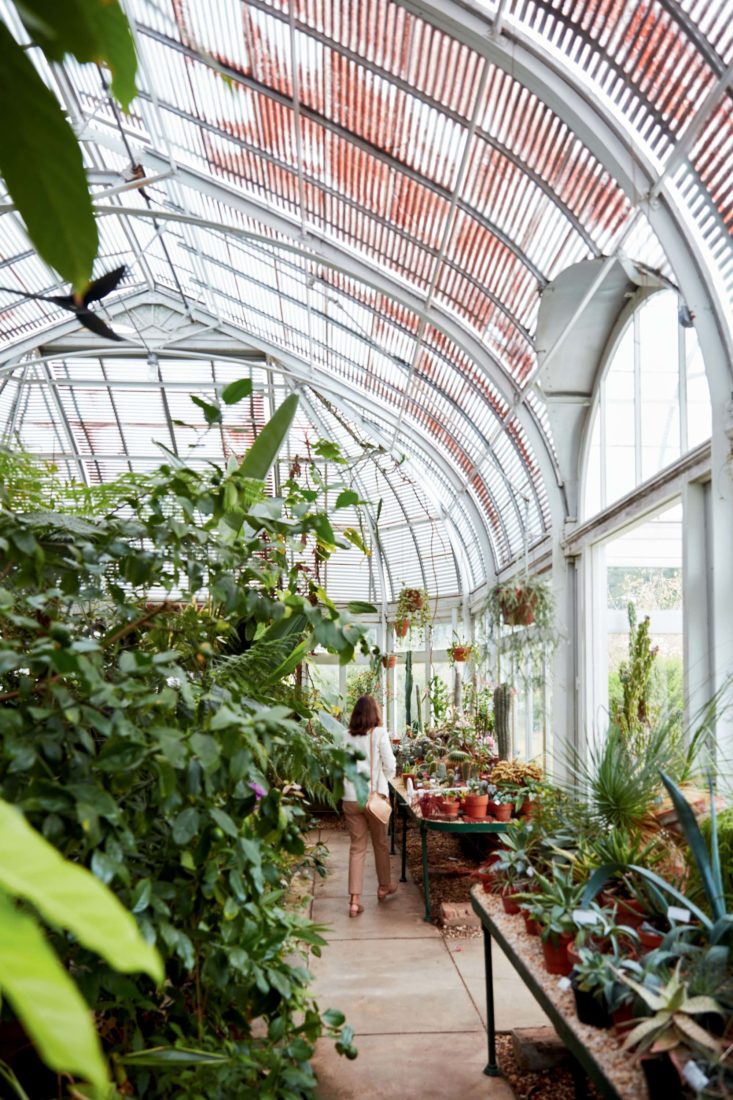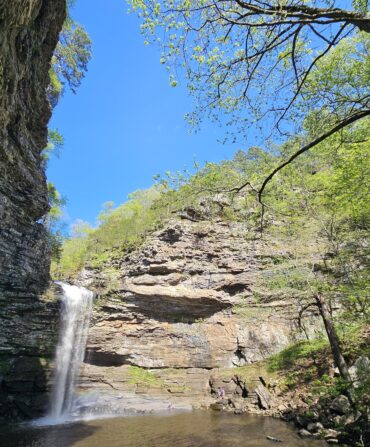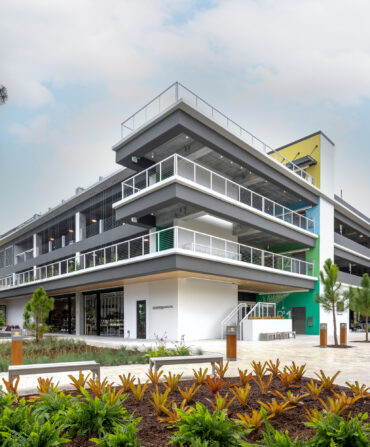The cool, curved metal sides of the greenhouse at Reynolda Gardens rise from the ground just as Google Maps coos, “You’ve arrived.” Ferns sprout around the rock base of the conservatory, and frills of tropical greenery flash behind glass walls. Storybook elegant, it’s a living reminder of the innovative construction, curiosity for travel, and immense wealth that sprang from Winston-Salem, North Carolina, soil in the early twentieth century.
Reynolda, an oasis that Katharine Reynolds, the wife of tobacco magnate R. J. Reynolds, dreamed up and built at the beginning of the 1900s, makes a worthy first stop on a tour of this onetime booming tobacco town’s sprawling public gardens. The tucked-away city has done a remarkable job of protecting its treasured green spaces while also nurturing the next generation of growers. I’ve come to revisit gardens I first learned about a few years ago at the Southern Garden History Society conference here, and to spend more time with the gardeners themselves. This trip, I’ve brought along my mom, who studied plant science at the University of Florida, to soak up our first real adventure together since the pandemic began. While historic gardens still hold great sway in Winston-Salem, as we are soon reminded, plants and plant people have a way of surprising you.
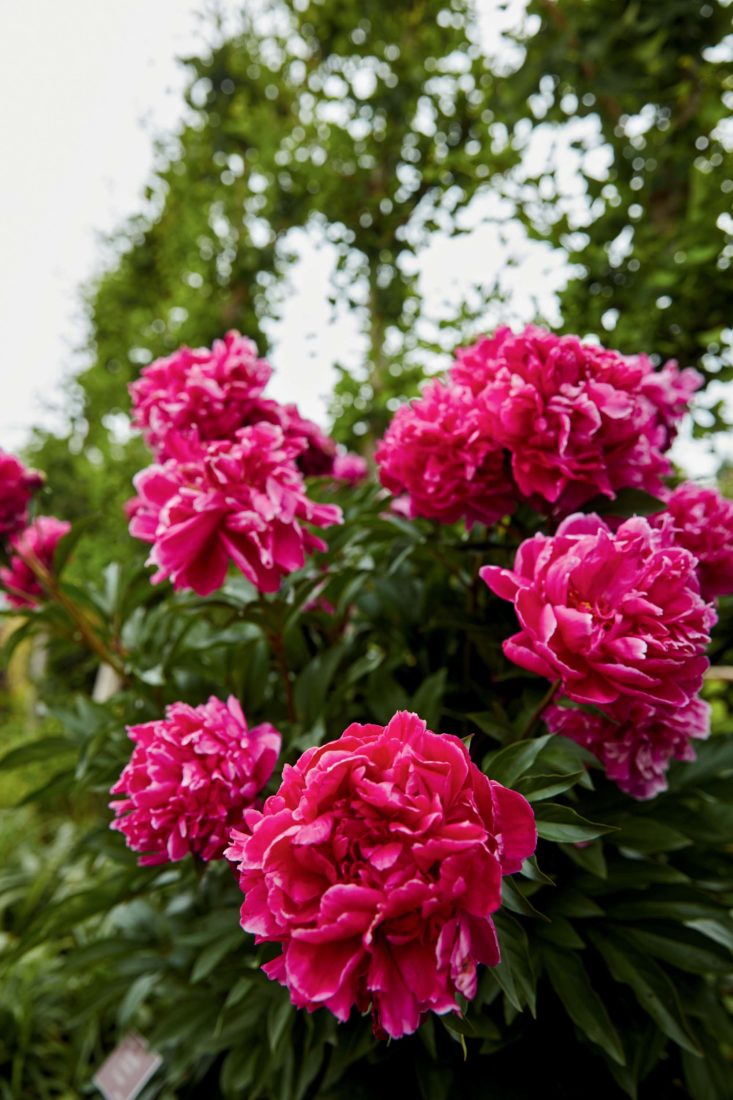
“Katharine was progressive for her time, a visionary,” says Jon Roethling, the director of Reynolda Gardens, as he walks through the greenhouse, where staghorn ferns droop above sprays of purple orchids. On our drive, my mom read passages from the book A World of Her Own Making: Katharine Smith Reynolds and the Landscape of Reynolda, and now Roethling brings the pages to life. He describes how Reynolds funneled her fortune into building a self-sustaining farm with a working village of quaint English-style buildings across more than a thousand Carolina acres. Her home, now an art museum, is still technically the world’s largest bungalow. Alongside it, she designed formal gardens, experimented with espaliered pear and apple trees, and planted an allée of Japanese cedars that still guides the eye to her greenhouse.
Today Roethling juggles interpreting Reynolds’s towering plan with the demands of a public green space. His crew maintains meandering woodland walking trails and tends a wildflower meadow along the entrance to the house, once the location of a Reynolds family golf course. When boxwood blight recently threatened the prized hedges, Roethling discovered that a fragrant tea olive cultivar called Party Princess had the same-sized leaves and grew as a hardy replacement, a swap he thinks would make the pioneering Reynolds proud. “It’s just not possible to freeze a garden in time,” he says.
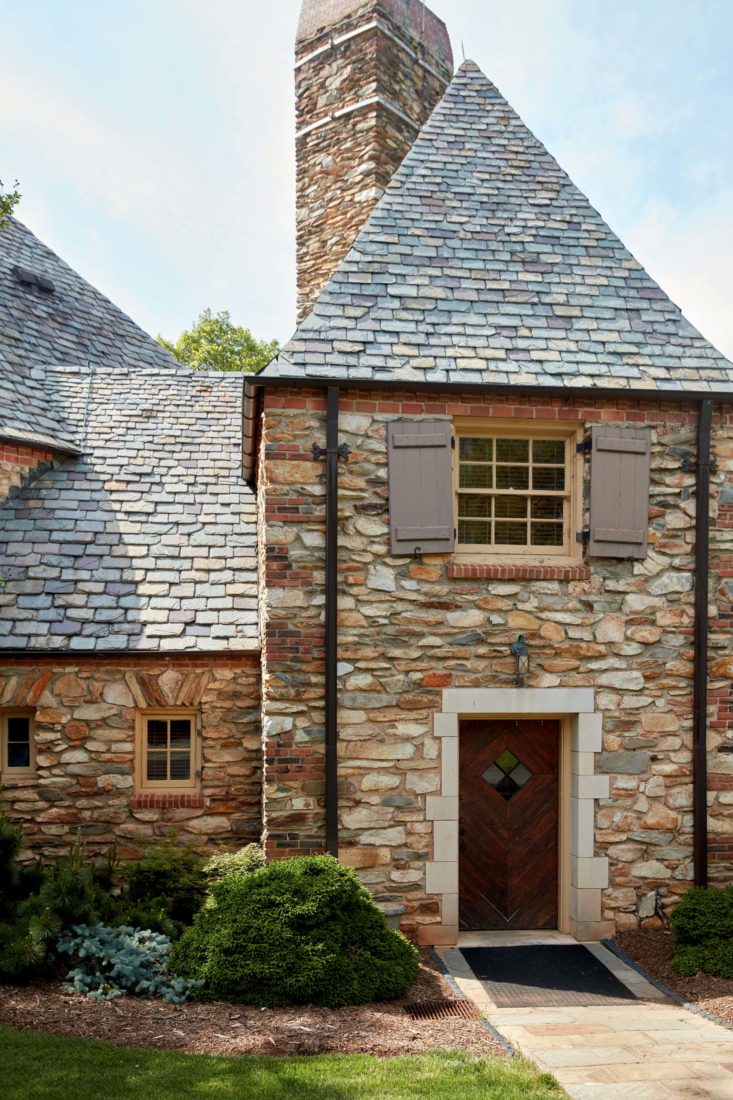
We drive two quick turns up the road to our digs for the weekend, the regal Graylyn estate, which a former R. J. Reynolds Tobacco Company chairman completed in 1932. An inn since the 1980s and a haven for plant lovers, it has welcomed guests such as Jimmy Carter and Oprah Winfrey to its turreted stone manor and sleepaway cottages dotting some fifty-five acres of rolling hills and garden nooks. “I want to have that ebb and flow of something blooming all year,” says Kevin Cook, the landscape foreperson, as he walks us through a formal white garden with creamy roses, magnolias, and gardenias. He cheerily strolls us beyond the main inn to the rentable Gardener’s Cottage, surrounded by flower beds, and to a secret pocket garden tucked alongside an unassuming meeting room. Here, ferns and chartreuse hellebore flowers sway in the shade of a regal Japanese maple.
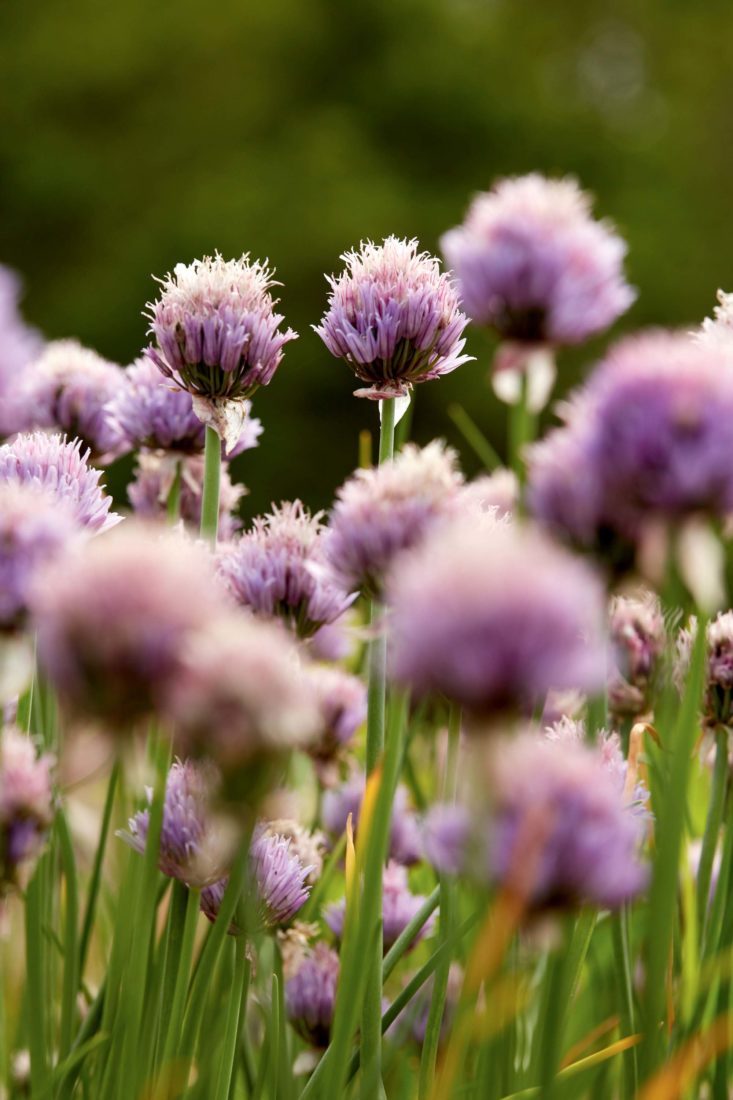
The next morning, dew glints on tiny white chamomile petals in the medicinal herb plot at nearby Historic Bethabara Park, home to the country’s first well-documented “healing” garden, where Moravian doctors grew plants for remedies. In the mid-1700s, the Moravian Brethren, a German-speaking religious sect, established a community here, even before they settled Salem six miles south. At Bethabara village, a distiller’s house, a colonial church, and a brick potter’s cottage appear torn from the pages of a Grimm brothers fairy tale, and the surrounding gardens radiate out in diagonal rows, a distinctive Moravian design.
But even at this stronghold of tradition, contemporary gardeners have a say. Local hands tend one of the country’s oldest community gardens, bursting with flax, turnips, and watermelon. Early Moravians planted expansive apple orchards, and each September Bethabara hosts a popular apple festival supplied by area growers, an ideal time to tour the park and take the short hike up to an ethereal hilltop cemetery called God’s Acre.

Moravian history continues closer to downtown, at Old Salem Museums & Gardens, where Eric Jackson, the director of horticulture, meets us at the Single Brothers’ Garden, the plot that Moravian men tended before marrying. Jackson, who grew up in the Moravian Church, plants nearly forgotten seeds throughout the gardens, such as an heirloom cucumber called Shutt’s that one local family preserved through generations. Most recently, he has been looking even further back into the area’s history, specifically at the native trees that once thrived in the region, and at the squash, beans, and maize that Native peoples cultivated.
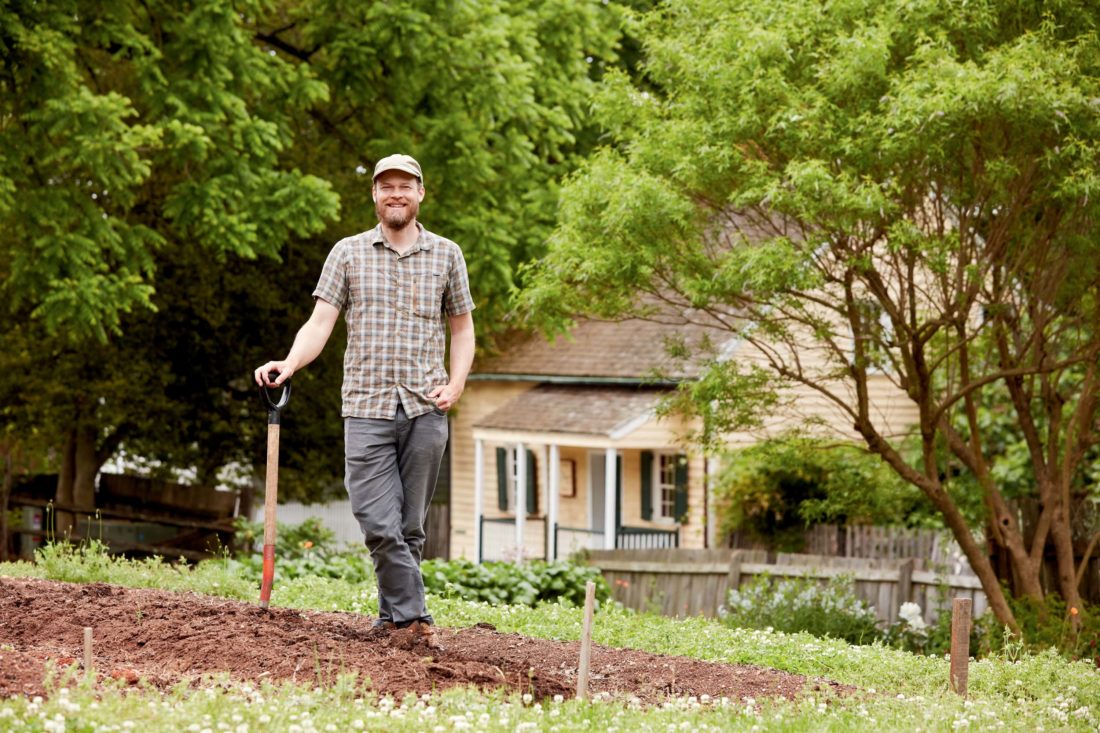
“The mythical ‘Wilderness’ described by early Moravian settlers in the backcountry of the North Carolina piedmont was truly the remnants of an ancient ecosystem managed by Native peoples for thousands of years,” Jackson notes in his 2021 landscape plan. Old Salem works with a Cherokee Advisory Committee, and Jackson has been nurturing more regional species throughout the grounds, such as pawpaw, black walnut, and willow oak trees. “I want to show that it’s possible to have mature native plants in an urban environment,” he says, “so when people ask, ‘What can I do?’ I can say, ‘You can plant a tree.’ Those oaks we all love have so much intrinsic value, not just for us, but for the whole food chain.”
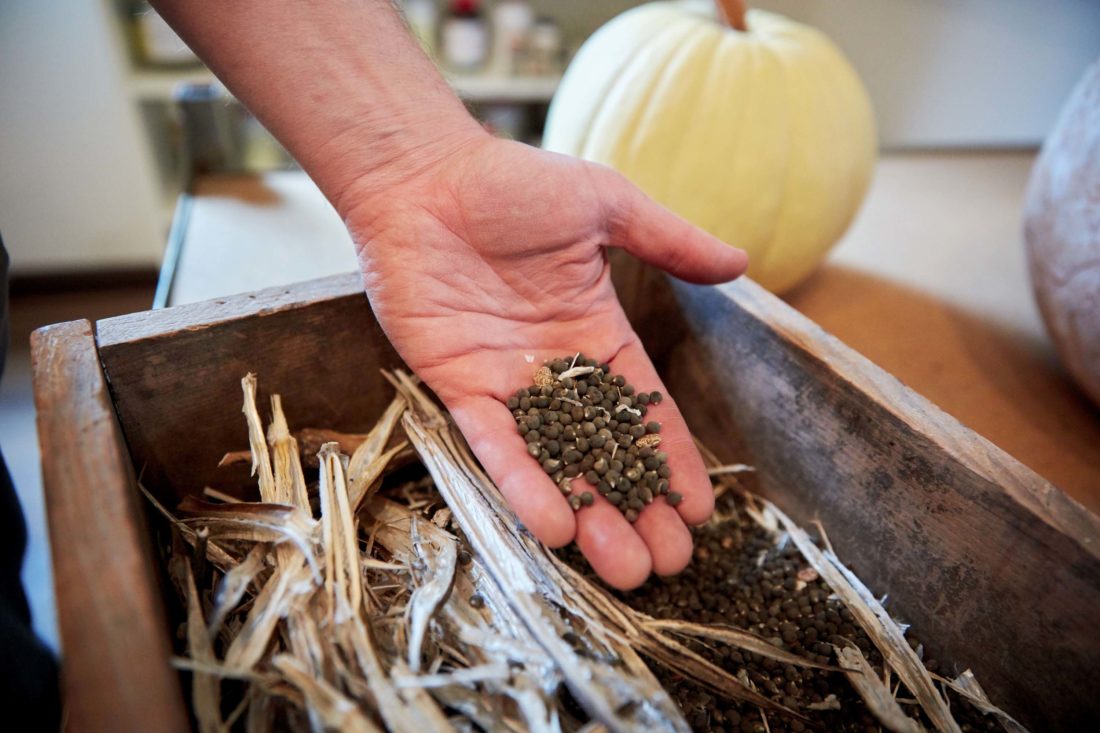
Beyond downtown, newer green spaces show how open today’s gardeners are to experimentation. Established by the children of a late Ford car salesman to honor their father’s love of nature and the community, the ten-year-old Paul J. Ciener Botanical Garden in Kernersville already seems wiser than its age, with its collection of conifer trees and an ornate boxwood parterre garden, designed by the legendary North Carolina landscape architect Chip Callaway. A striking mosaic hedge interwoven with some four hundred plantings of witch hazel, yew, tea olive, and pomegranate fronts a compact seven acres that unfurl like an outdoor gardening classroom, with helpful labels on pollinator plants and Southern favorites such as crinum lilies and flowering false indigo. Two whimsical curving evergreens immediately remind me of South Carolina’s treasured topiary artist Pearl Fryar. “These are Mr. Fryar’s,” says Josh Williams, the garden manager. “Pearl visited and carved these for us, and he told me that sometimes he wonders if people take his work seriously or just forget about it. I took that to heart, and I want to take care of it as he would.”

That same consideration for the people behind the plants permeates the Arboretum and Gardens at Tanglewood Park in Clemmons, supervised by North Carolina Cooperative Extension agent Leslie Rose and cultivated by about sixty Master Gardener volunteers. Rose says that volunteers often request time in the arboretum’s shadiest spot—a native-plants-only hillside garden, lush with ferns, three-leaved trillium, and American wisteria vines. Another favorite North Carolina native sprouts around a bend at the Bog Garden: carnivorous pitcher plants in striking lime green, pink, and yellow. They grow in a special elevated planter so that Darle Shouse, a volunteer who uses a wheelchair, can comfortably tend the spot he’s nurtured for more than a decade.
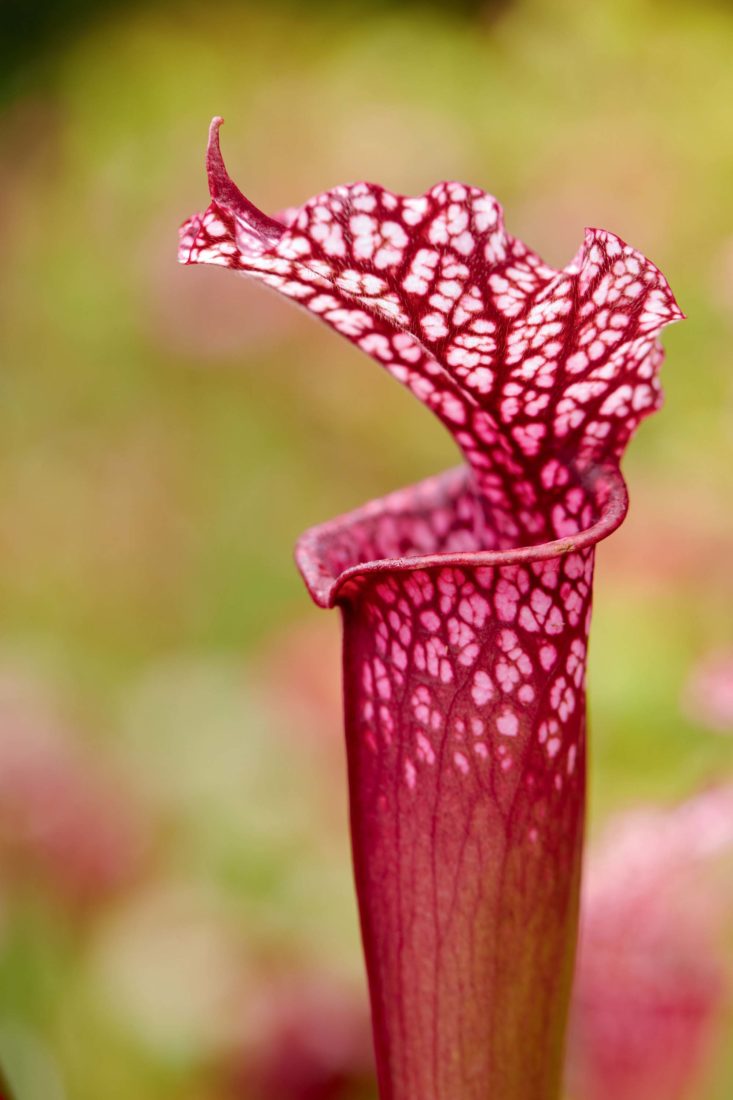
On the drive out of town, my mom and I, happily beat from a jam-packed outdoor schedule, remember favorite bites, when we could actually taste Winston-Salem’s garden flavors, as in the warm slice of tomato pie at Mozelle’s bistro, or in the fresh basil from the chef’s garden at the charming Spring House restaurant. We scheme about a return, for the apple festival at Bethabara, or for the Garden Club Council’s tour of secret gardens next April.
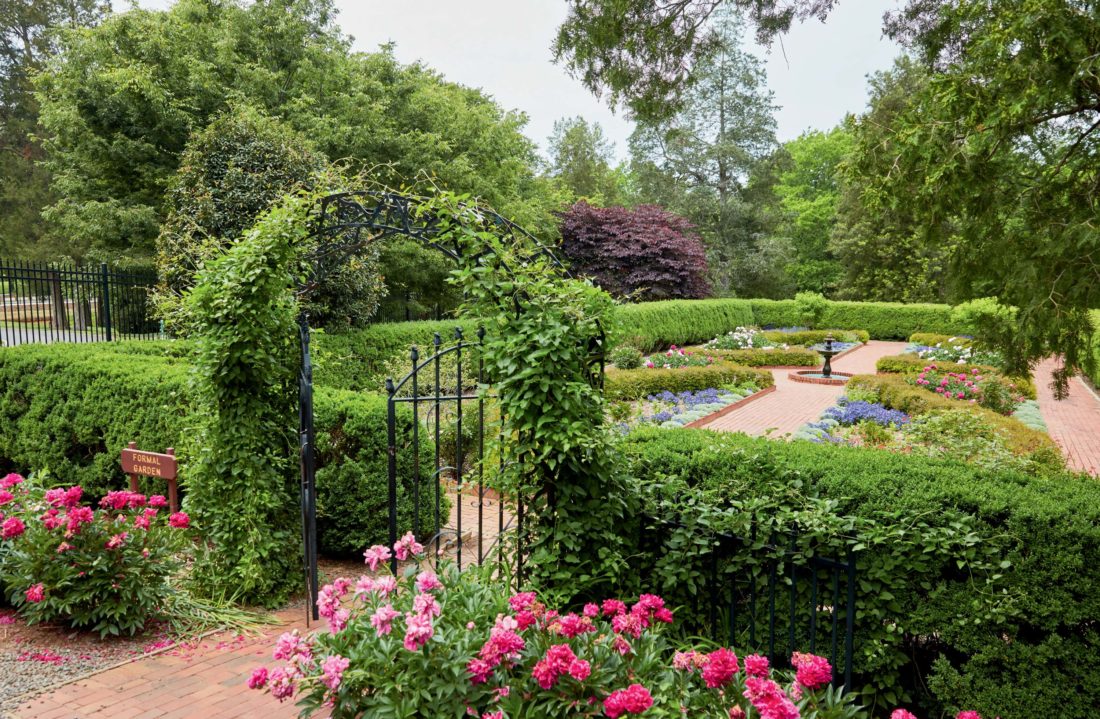
“It’s so, so much work to grow gardens like the ones we saw,” my mom says. “No gardener can do that much work alone.” And they don’t. Everyone we met plants and prunes in conversation with gardeners who came before. But they also bring their own flourishes, sowing their own dreams, hoping their creations will grow beyond them, too.


